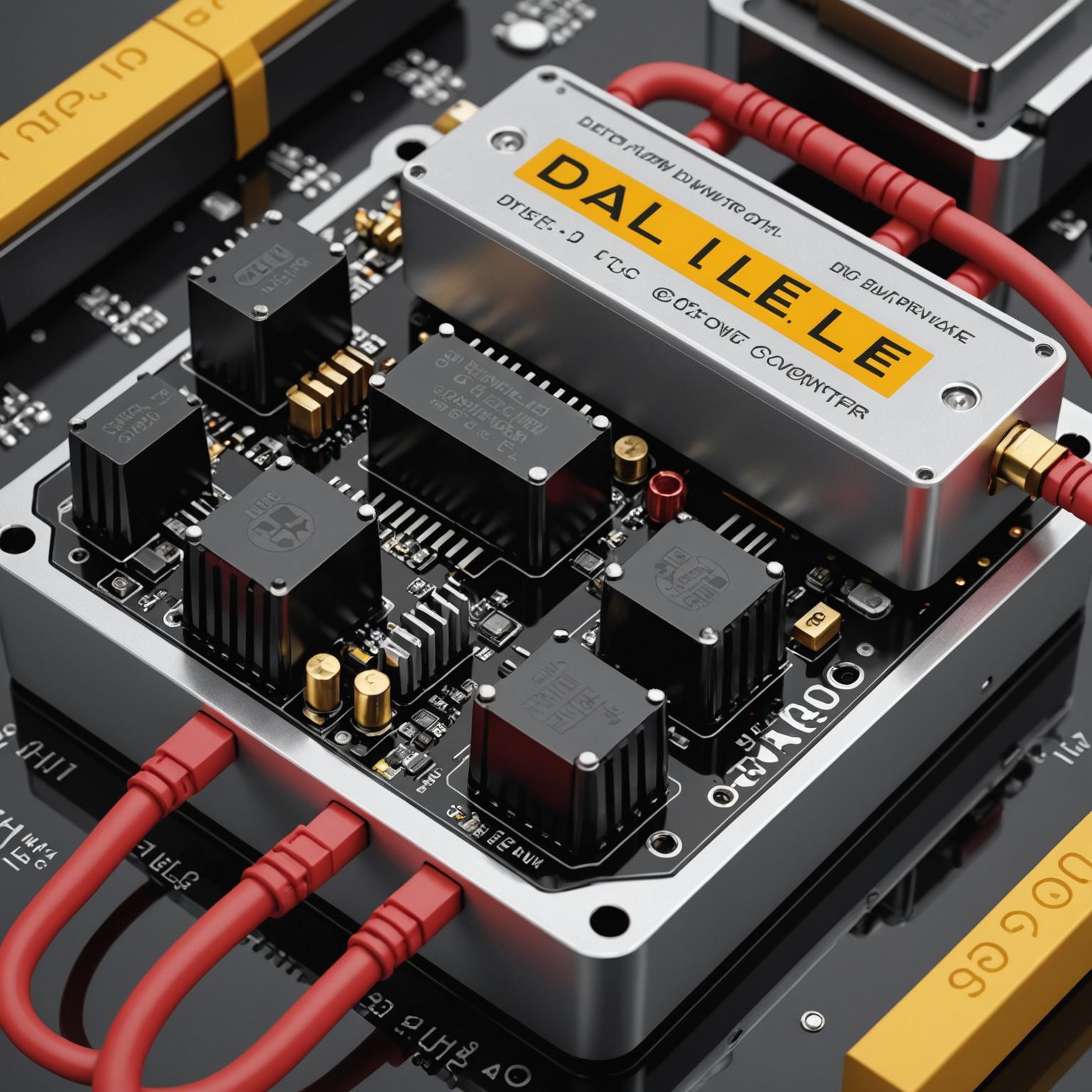Understanding DC-DC Converter Step Down Non-Isolated

In our increasingly electronic world, the need for precise and efficient power management has never been more critical. From the smartphone in your pocket to complex industrial machinery, nearly every device relies on a steady and specific voltage to operate correctly. This is where a DC-DC converter becomes an indispensable component, serving as the workhorse for converting direct current from one voltage level to another, ensuring that every part of a system receives the exact power it needs to function flawlessly.
Understanding the Step Down Converter
A step down converter, technically known as a buck converter, is a specific type of voltage regulator designed to decrease DC voltage. Imagine you have a 12-volt battery but need to power a sensitive microcontroller that requires a stable 5-volt supply. A step down converter expertly handles this task, taking the higher input voltage and efficiently reducing it to the desired lower output. This process is crucial for protecting delicate electronic components from overvoltage damage and ensuring their longevity. Modern converters are engineered for high efficiency, meaning very little energy is lost as heat during the conversion process. This efficiency is often enhanced by robust physical designs, such as aluminum casings with integrated heat sinks, which dissipate warmth and maintain optimal performance even under heavy loads.
The Advantage of Non-Isolated DC-DC Converters
When exploring voltage converters, you will encounter two main types: isolated and non-isolated. A non-isolated DC-DC converter is characterized by a shared ground connection between the input and output circuits. While isolated converters provide an electrical barrier for safety in high-voltage applications, non-isolated designs offer significant advantages in many other scenarios. They are generally more efficient, smaller in size, and more cost-effective due to their simpler circuitry. This compact and efficient nature makes the non-isolated DC-DC converter an ideal choice for applications where space is limited and energy conservation is a priority, allowing for sleek and powerful designs without the bulk.
Key Features and Common Applications
The versatility of a DC-DC Converter Step Down Non-Isolated makes it a cornerstone in countless applications. In the automotive world, it powers everything from infotainment systems to onboard sensors from the vehicle’s main battery. In consumer electronics, it drives LEDs, motors, and charging circuits. These converters form the core of a reliable DC-DC power supply for both hobbyist projects and industrial automation. High-quality modules often feature user-friendly designs, such as durable, heat-dissipating aluminum casings and color-coded wires—like red for power input, black for ground, and yellow for output—to simplify installation and prevent errors. These features ensure not only stable and consistent power delivery but also safety and reliability for the entire system.
Choosing the Right Power Solution
Ultimately, selecting the correct power solution is fundamental to the success of any electronic project. The DC-DC Converter Step Down Non-Isolated offers a compelling combination of high efficiency, a compact footprint, and affordability that makes it the superior choice for a vast range of applications. By stepping down voltage with minimal energy loss, it protects sensitive electronics and optimizes power consumption. When choosing a module, look for one with a robust build and effective thermal management to guarantee stable, long-term performance. Understanding the function and benefits of this essential component empowers you to build more reliable, efficient, and sophisticated electronic systems.
